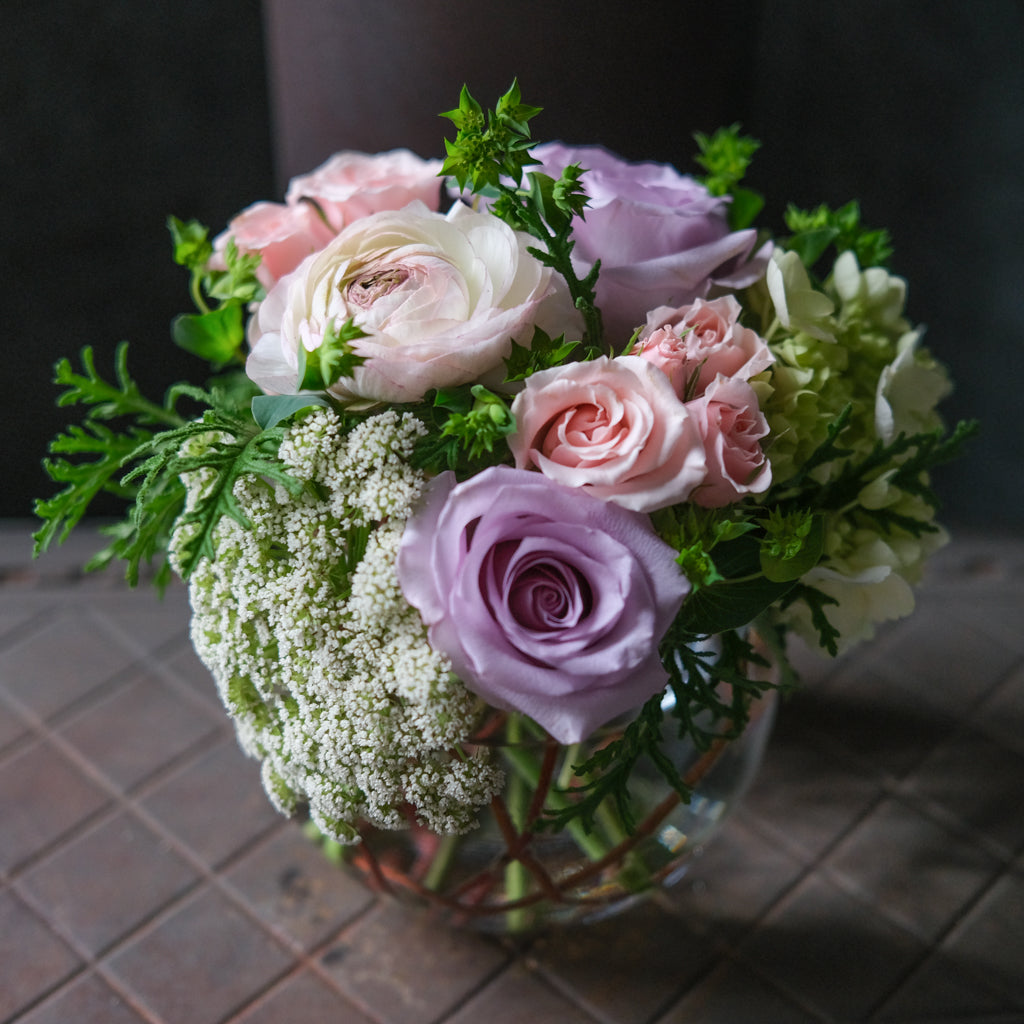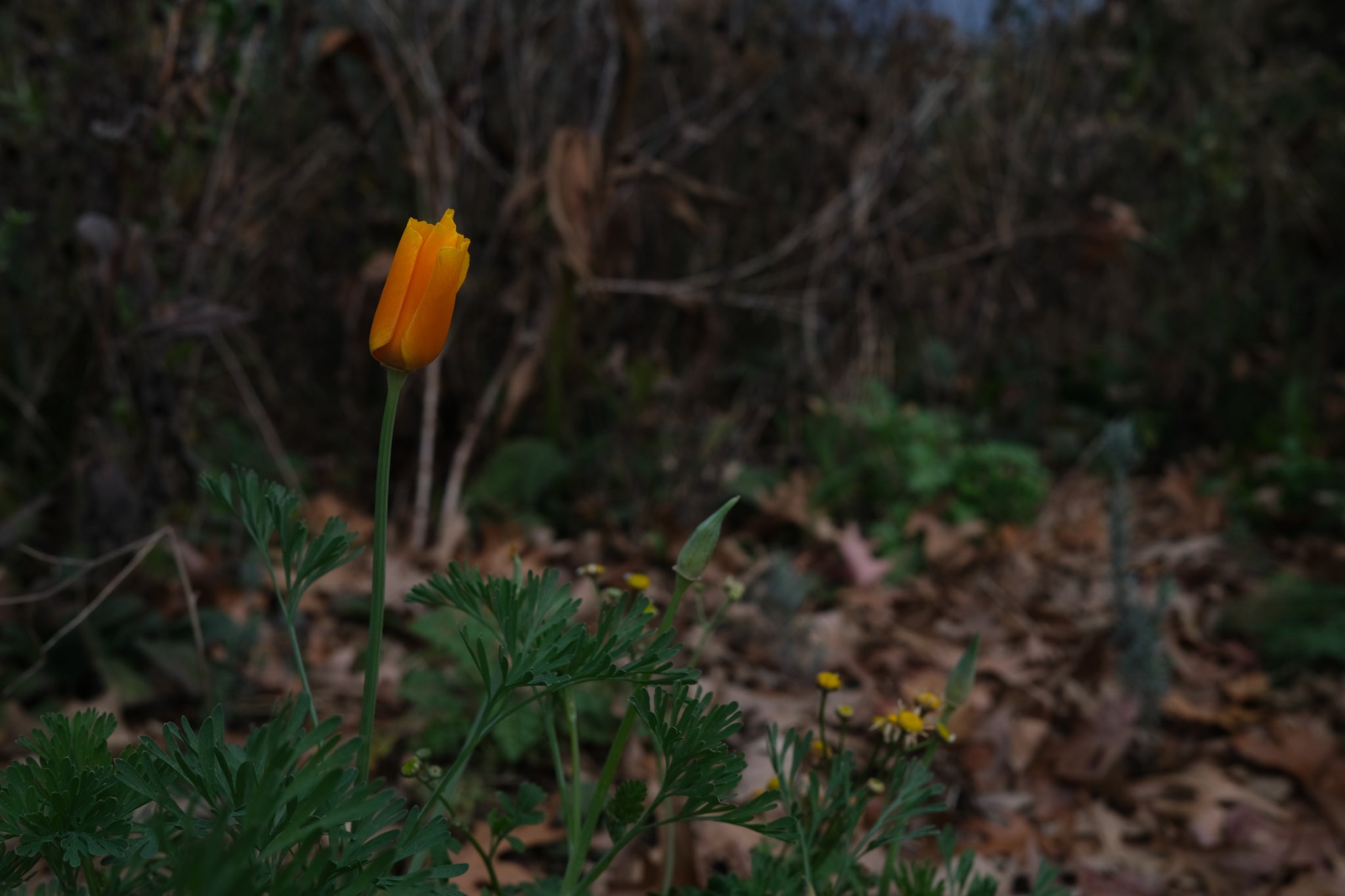I didn't think much about grass until I bought my first house. Grass was a default--the beige paint of plant life, so ubiquitous that you stop seeing it after awhile. We only notice grass when it shows up somewhere we don't want it, like between stones in a walkway or smack in the middle of a flowerbed. Naively, I assumed that grass was just what happens when no one does anything else with a patch of dirt.
And then I bought my house.
It was a newly-built house, and it came with a small yard of freshly laid sod. I will admit to being annoyed about the sod, about what it would mean for my gardening dreams. I had argued back and forth with my realtor and the builders and anyone who would listen that I didn't need the grass, that I was going to get rid of it all anyway and replace it with garden beds, so they might as well save themselves the trouble and not put it down in the first place. The only response my arguments got was a reminder that legally, the builders couldn't leave the ground exposed. I was reassured that the sod would be easy to pull up once I moved in since it wouldn't have had much time to root yet.
At first, I was very sure I would do just that: pull up the sod before it had time to root. But sod is heavy, and moving is exhausting, and I was busy at work. The sod stayed. No matter, I told myself--I'll dig it up later. It'll be more work, but I'll make it happen.
Reader, I did not dig up the sod.
I smothered it with layers of cardboard, dumped potting soil on top of it, turned it into the ground as I planted hundreds of daffodil bulbs, let strawberry and mint plants run wild throughout. I have planted two trees, three shrubs, two rosebushes, and more perennials than I can remember in a determined assault against the boring old grass the contractors used to cover my yard--and the grass is still there. I often feel I spend half of my time in the garden pulling up the progeny of the grass I foolishly thought I could ignore until it disappeared.
One might say that the lesson to be learned is to do things the right way the first time. I don't object to that lesson, but I'm of the opinion that the more valuable lesson to be learned is that gardens are messy, gardeners even more so. We don't get things "right" the first time--or the second, or even the third. We do what we can, and we make adjustments for our limitations. I try not to look at my garden and see all of the places where I've failed to eradicate the grass. What I'd rather see is the spreading wave of heirloom apricot mums--the blazing red of the Virginia creeper along the fence--the ninebark leaves so dark they look almost black until they catch the autumn sunlight.
If you want to garden, then garden. You don't have to do everything right. If something doesn't turn out the way you want it to, you can try again. There are plenty of resources out there to advise you on your journey--but sometimes, the best way to learn is to put some plants in the ground and see what happens. To all my fellow gardeners and garden-lovers: enjoy your respite this winter. May the spring find us eager to try again.


